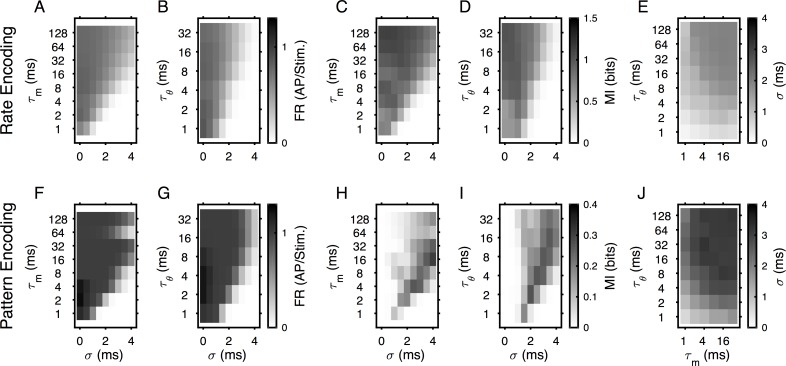Fig 4. Membrane and threshold time constants influence temporal selectivity similarly.
(A-B) For rate encoding, the firing rate of the model neurons was limited by τm (A) and τθ (B), if either of them were too small. Short τm prevent integration, while short τθ lead to a threshold that quickly follows the input. (C-D) The limitation in firing rate by τm (C) and τθ (D) translates to a limitation of represented stimulus information. Only for short values of τm and τθ the lowpass shape gives way for a bandpass shape, which is a consequence of the decoding bin size chosen here (2ms): for small σ and low τm/τθ the responses to different stimuli will tend to fall in a small number of bins. (E) We extract the average σ that maximized MI for a combination of τm and τθ. The resulting dependence is monotonically in τm and τθ, consistent with a change in the σ edge of the lowpass relationship (Fig 3A). (F-G) For pattern encoding, the firing rate is limited analogously by τm (F) and τθ (G). (H-I) The value of σ that leads to highest MI shifts with both τm (H) and τθ (I), indicating a match between the membrane dynamics and the temporal scale of input patterns that can effectively be encoded. Larger σ values generate temporal patterns that are more distinguishable but the spikes are more dispersed in time,and both τm and τθ set the temporal limit in which the spikes can be integrated. (J) The best MI is achieved at different average σ across the range of τm and τθ, monotonically increasing for both parameters.

